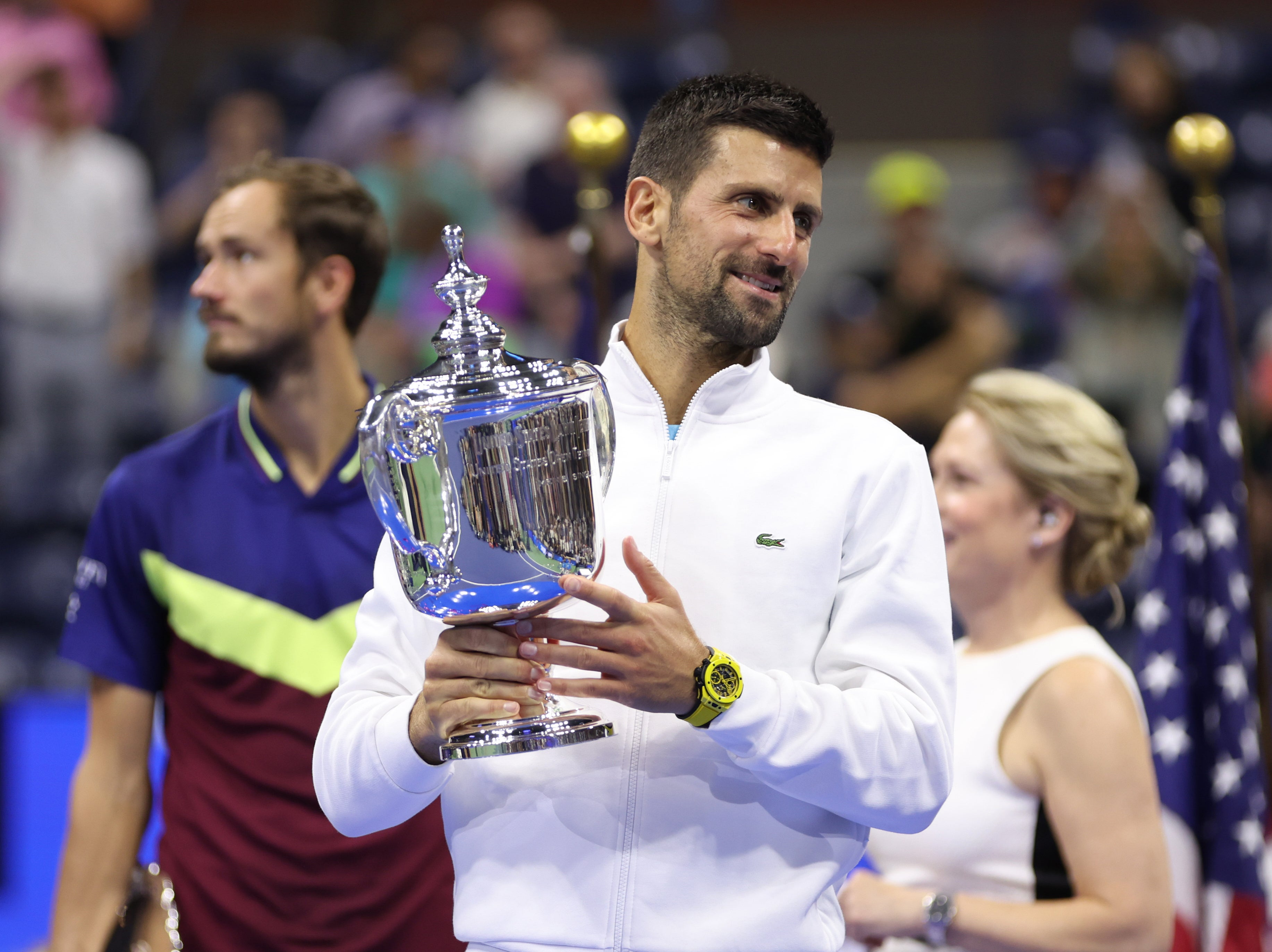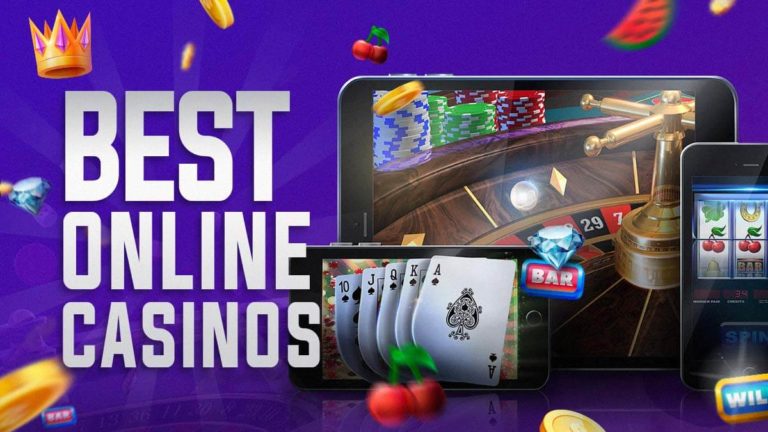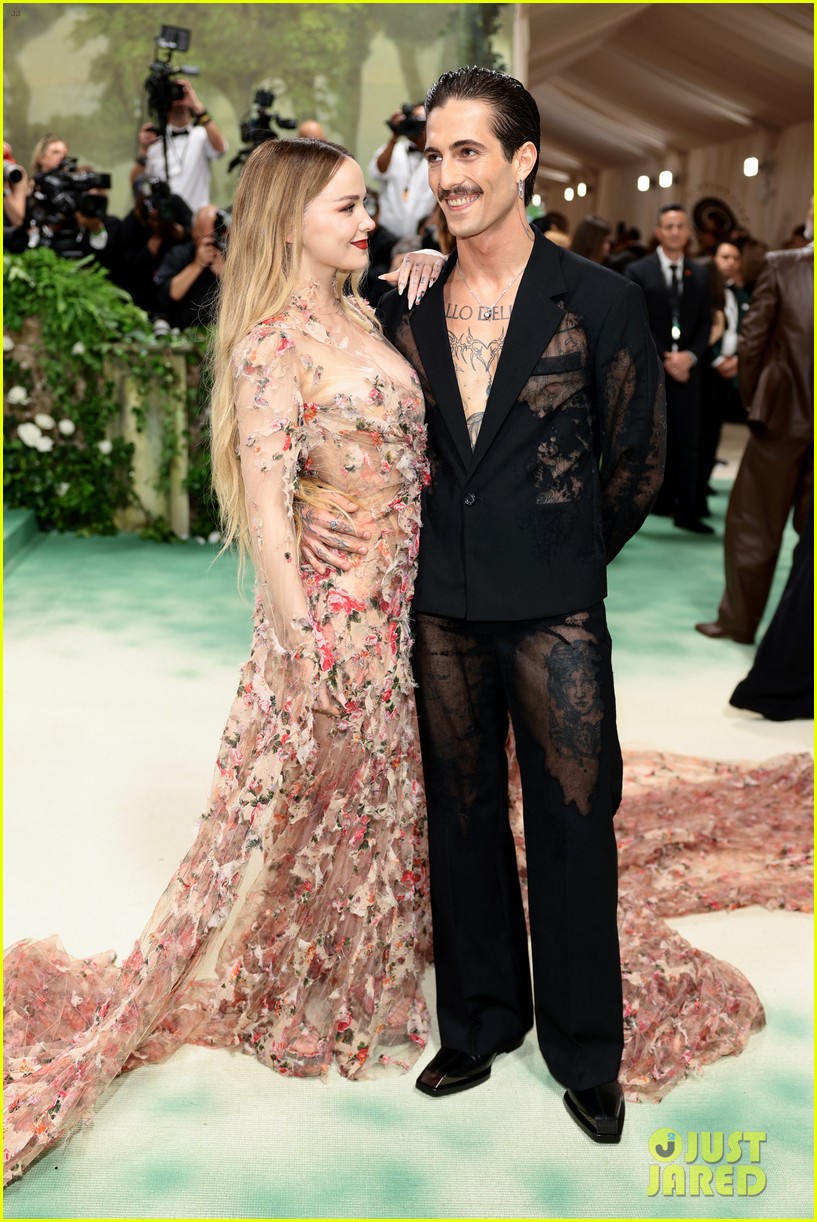The Wedding Banquet: A Reimagining Of A Queer Asian-American Story

Table of Contents
Deconstructing Ang Lee's "The Wedding Banquet": A Starting Point
The Wedding Banquet masterfully utilizes humor and irony to expose the tension between tradition and individual identity. Wai-Tung's fabricated heterosexual relationship to appease his parents highlights the pressure many LGBTQ+ individuals face within their families. The film's comedic approach, however, also serves to soften the blow, allowing audiences to empathize with Wai-Tung’s plight without being overwhelmed by the seriousness of the subject matter.
- Analysis: The film brilliantly utilizes irony, contrasting the staged "wedding banquet" with the genuine intimacy Wai-Tung shares with his partner, showcasing the disconnect between outward appearances and internal realities.
- Impact: The Wedding Banquet significantly impacted conversations surrounding LGBTQ+ experiences within Asian communities, opening dialogues that were previously taboo. It helped pave the way for increased visibility and representation, albeit limited in scope.
- Limitations: While groundbreaking for its time, The Wedding Banquet primarily focused on the experience of a gay Chinese-American man, leaving out the vast spectrum of identities within the Queer Asian-American community. It didn't fully address the intersectionality of race, gender, and sexuality experienced by many.
Reimagining the Narrative: Contemporary Queer Asian-American Experiences
Since The Wedding Banquet's release, the landscape for Queer Asian-Americans has evolved significantly. Increased visibility in media, from television shows like Fresh off the Boat (albeit with its own complexities regarding representation) to independent films showcasing diverse narratives, reflects a growing awareness and acceptance. However, significant challenges remain.
- Increased Visibility: We've seen a rise in LGBTQ+ Asian-American characters in media, albeit often with limited depth or stereotypical portrayals. The struggle continues for authentic and nuanced representation that mirrors the complexity of these experiences.
- Intergenerational Conflict: Navigating intergenerational conflict regarding sexual orientation and gender identity continues to be a major hurdle. Traditional family values often clash with modern understandings of sexuality and gender, leading to emotional strain and strained family relationships.
- Intersectionality: Understanding the unique experiences of Queer Asian-Americans requires acknowledging the complex interplay of race, sexuality, and gender. A Black LGBTQ+ Asian-American individual will have a vastly different experience than a white LGBTQ+ Asian-American individual. This intersectionality must be recognized and addressed for effective representation and support.
- Contemporary Examples: Works like the novel Crying in H Mart by Michelle Zauner and films like Fire Island (though not exclusively focused on Asian-American experiences) offer glimpses into these complex realities, broadening the narrative beyond The Wedding Banquet's singular portrayal.
The Role of Family and Tradition in a Reimagined Wedding Banquet
A reimagined Wedding Banquet would showcase the evolving dynamics of family acceptance. While generational gaps remain, many families are adapting to include same-sex relationships, finding ways to integrate LGBTQ+ individuals into the fabric of family life and tradition.
- Evolving Traditions: Asian wedding traditions are adapting to include same-sex couples, with creative modifications to ceremonies and celebrations. This often involves thoughtful negotiations between generations, balancing respect for tradition with the desire for authentic self-expression.
- Emotional Complexities: The emotional journey for both LGBTQ+ individuals and their families is often complex and multifaceted. It can involve reconciliation, forgiveness, and a profound deepening of family bonds.
- Successful Integration: Many families are finding ways to embrace their LGBTQ+ members, celebrating their weddings with joy and pride, highlighting the power of love and acceptance to transcend cultural expectations.
Challenges and Triumphs: Celebrating Queer Asian-American Identity
Queer Asian-Americans face unique challenges in navigating cultural expectations alongside their sexual orientation or gender identity. However, they also display incredible strength and resilience.
- Cultural Stigma: The impact of cultural stigma and societal pressures can be significant, leading to internalized homophobia, biphobia, or transphobia, as well as external discrimination and marginalization.
- Community Resilience: The Queer Asian-American community demonstrates impressive resilience through activism, community building, and mutual support networks. Organizations and online communities provide crucial spaces for connection, advocacy, and shared experience.
- Activism and Community Building: Activist groups and cultural organizations play vital roles in advocating for LGBTQ+ rights within the Asian-American community and combating prejudice.
- Celebrating Diversity: Celebrating the diversity of experiences and identities within the Queer Asian-American community is crucial to fostering inclusivity and building a stronger, more supportive environment.
Conclusion
A reimagined Wedding Banquet would reflect the significant progress made in LGBTQ+ acceptance while acknowledging the persistent challenges faced by Queer Asian-Americans. The original film served as a catalyst for vital conversations, and its legacy continues to inspire dialogue about cultural identity, family acceptance, and same-sex marriage. The unique challenges and triumphs faced by Queer Asian-Americans in reconciling their cultural heritage with their identities underscore the importance of continued advocacy, representation, and understanding.
Let's continue the conversation about Queer Asian-American stories and the need for increased representation and understanding. Explore resources like [insert relevant organizations or websites here] to learn more, connect with the community, and celebrate the rich tapestry of Queer Asian-American experiences. Let’s reimagine the Wedding Banquet, not just as a film, but as a testament to the ongoing evolution of identity, family, and love within the Asian-American community.

Featured Posts
-
 Novak Djokovic In Efsanevi Kariyeri Kortlarin Hakimi
May 18, 2025
Novak Djokovic In Efsanevi Kariyeri Kortlarin Hakimi
May 18, 2025 -
 Jack Bit Review Leading The Pack Of Best Crypto Casinos In 2025
May 18, 2025
Jack Bit Review Leading The Pack Of Best Crypto Casinos In 2025
May 18, 2025 -
 New Zealands Best Online Casinos Real Money Games And Bonuses
May 18, 2025
New Zealands Best Online Casinos Real Money Games And Bonuses
May 18, 2025 -
 Dove Cameron And Damiano David Holding Hands In Nyc After Tour Announcement
May 18, 2025
Dove Cameron And Damiano David Holding Hands In Nyc After Tour Announcement
May 18, 2025 -
 Analyzing Michael Confortos Performance Early Season Challenges And Triumphs
May 18, 2025
Analyzing Michael Confortos Performance Early Season Challenges And Triumphs
May 18, 2025
